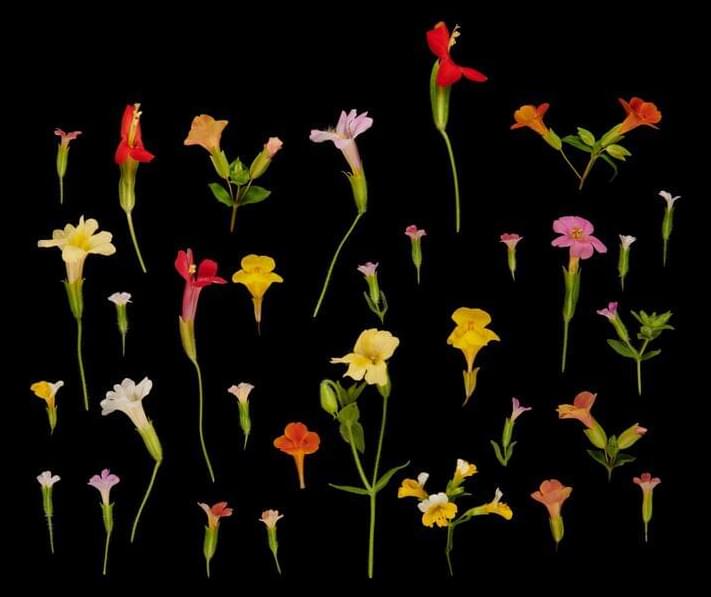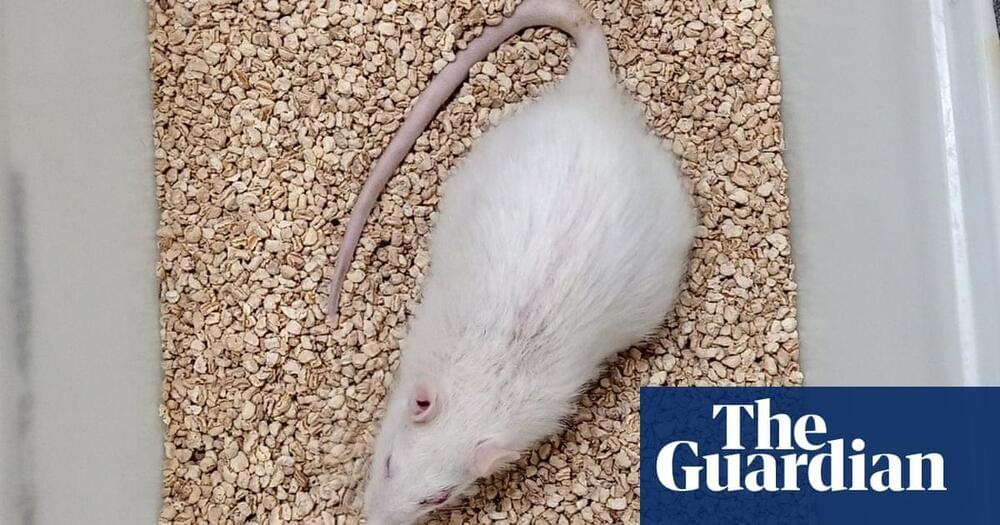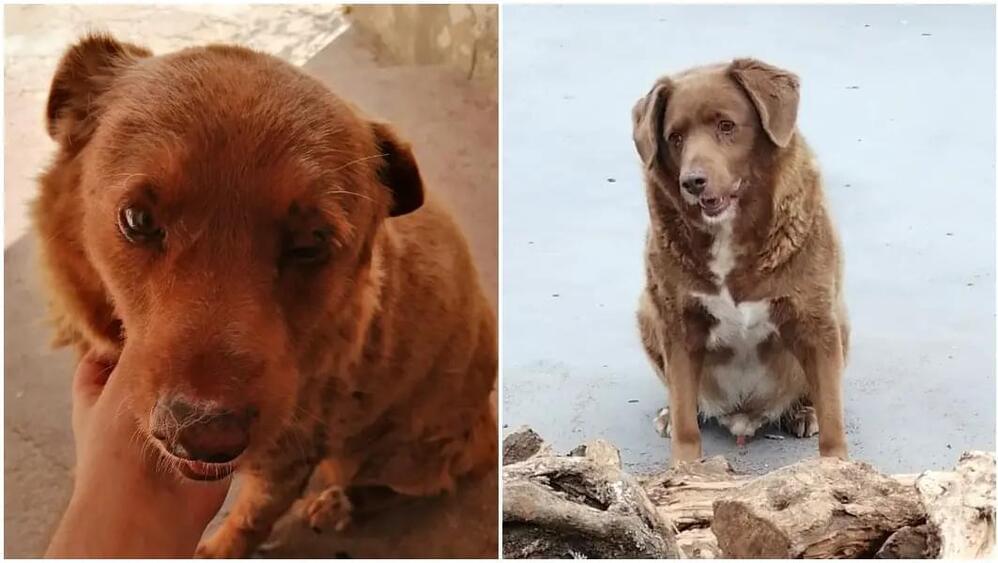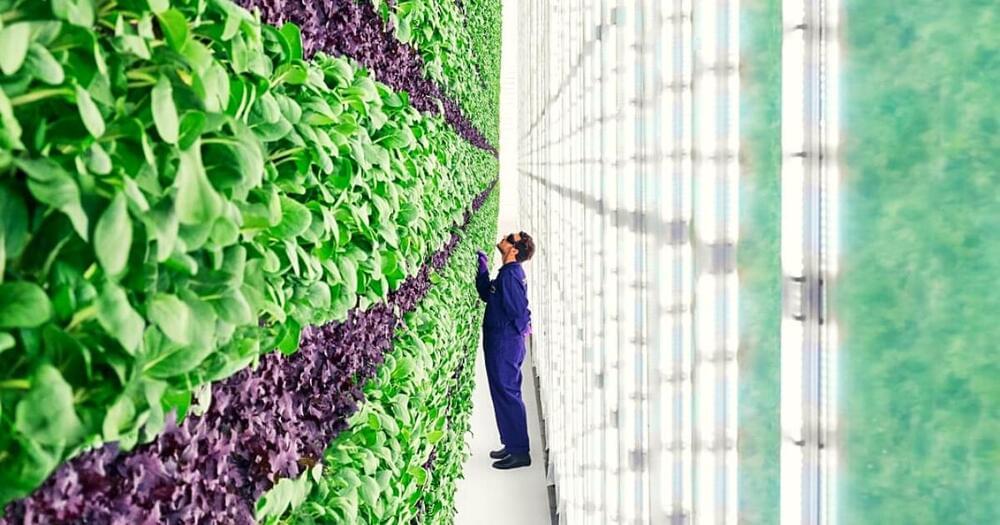The design facilitates efficient land use and can even save water lost to evaporation.
Sunstall, a California-based company, has launched a vertical solar panel, Sunzaun, which can be used in existing fields and arable lands without sacrificing them for clean green energy. The installation is much like conventional solar systems, just that the system uses bifacial solar modules, and the entire array stands like a boundary wall in the field.
As countries look to move away from fossil fuels, the interest in solar energy has increased in recent years. Countries in Europe facing harsh winters are also finding new ways of tapping into solar energy, such as installing solar panels at high altitudes… More.
Sunzuan.
Vertical solar panels.





